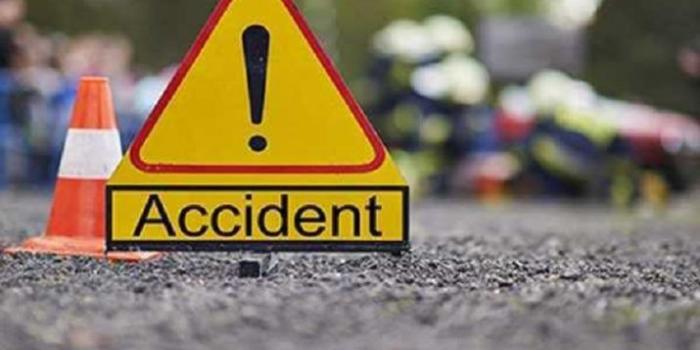Stop reckless driving on Nairobi-Nakuru highway
By Ng'ang'a Mbugua, September 3, 2024It is distressing that 3,056 Kenyans died in road crashes between January 1 and August 27, a worrying increase from the 2,910 fatalities reported over the same period last year. There are no prizes for guessing that this unfortunate toll will continue to grow for as long as road users continue to obey traffic rules in the breach.
Nowhere is this more evident than on the Nakuru-Nairobi highway, which is turned into a scene from hell every weekend as motorists break all the rules imaginable, beginning with overlaps that create up to five lanes one way. This, for me, is not impunity. It is madness. Looking at the reckless behaviour on that road leaves one wondering whether the men and women behind the wheels of the offending vehicles have valid driving licences. There is no evidence, judging by their behaviour, that they do.
Part of the problem is that road users have zero respect for the time and patience of their compatriots. As such, they operate on the assumption that only their time is valuable and everyone else on the road is pursuing a leisure activity and can, therefore, be overtaken at blind spots and other risky zones along the highway.
Matters are made worse by trucks that drive at below 40km per hour, the recommended lowest speed limit on that road, and traffic police are all too gleeful to collect bribes from motorists who overtake them in sections with low-speed limits. It is as though the truckers have a tacit agreement with the police to give them a revenue stream.
Although there has been pressure for the Transport Ministry to dual the road all the way to Mau Summit, this will not solve the problem of crashes unless there is a major recalibration of driver behaviour. In the alternative, the Ministry of Environment ought to be challenged to measure the air quality on that corridor because it is possible that the suicidal tendencies could be triggered by foreign materials in the atmosphere. That is a possibility since this aberration is not common on other roads.
An acquaintance told me the other day that he recently drove from Rome to Madrid – a 20-hour journey – and did not witness any crashes, traffic snarl-ups and other forms of disrespect for the highway code as he traversed across Europe. Yet, here in Kenya, it has now become the norm to spend upwards of seven hours parked on the Nairobi-Nakuru highway, a distance of 156km, a trip that ideally ought to take two hours at most.
However, because Kenyans have decided that the highway code is not worth the paper it is printed on, and the lives of other road users do not matter a whit, they drive as though they have an appointment to meet their maker ahead of their fasting compatriots in Shakahola. Only a few weeks ago, our family buried a relative who was run over by a matatu who was speeding on a walkway. That man is now a statistic. But he has left behind three young children. He was the sole breadwinner in his family. There were 1,177 other pedestrians who were chasing their dreams, just like him, but their lives were cut short by drivers, riders and cyclists who had decided that the right to life is now a privilege. And this is not just a number; it represents a 15 per cent increase in pedestrian fatalities compared to the same period last year. This means that as sure as the sun rises in the east, we can project another 15 per cent increase next year if we are conservative.
According to the National Transport and Safety Authority, 7,114 road users were involved in crashes between January 1 and August 27. That makes travel a leading cause of death and injury, yet, in other countries, it is a pleasure that invites people from all over the world to enjoy beautiful drives. In Kenya, by contrast, only game drives are safe, so if you want a safe ride, do it in an area with wild animals.
— The writer is the Editor-in-Chief of the Nairobi Law Monthly and Nairobi Business Monthly-
More Articles

